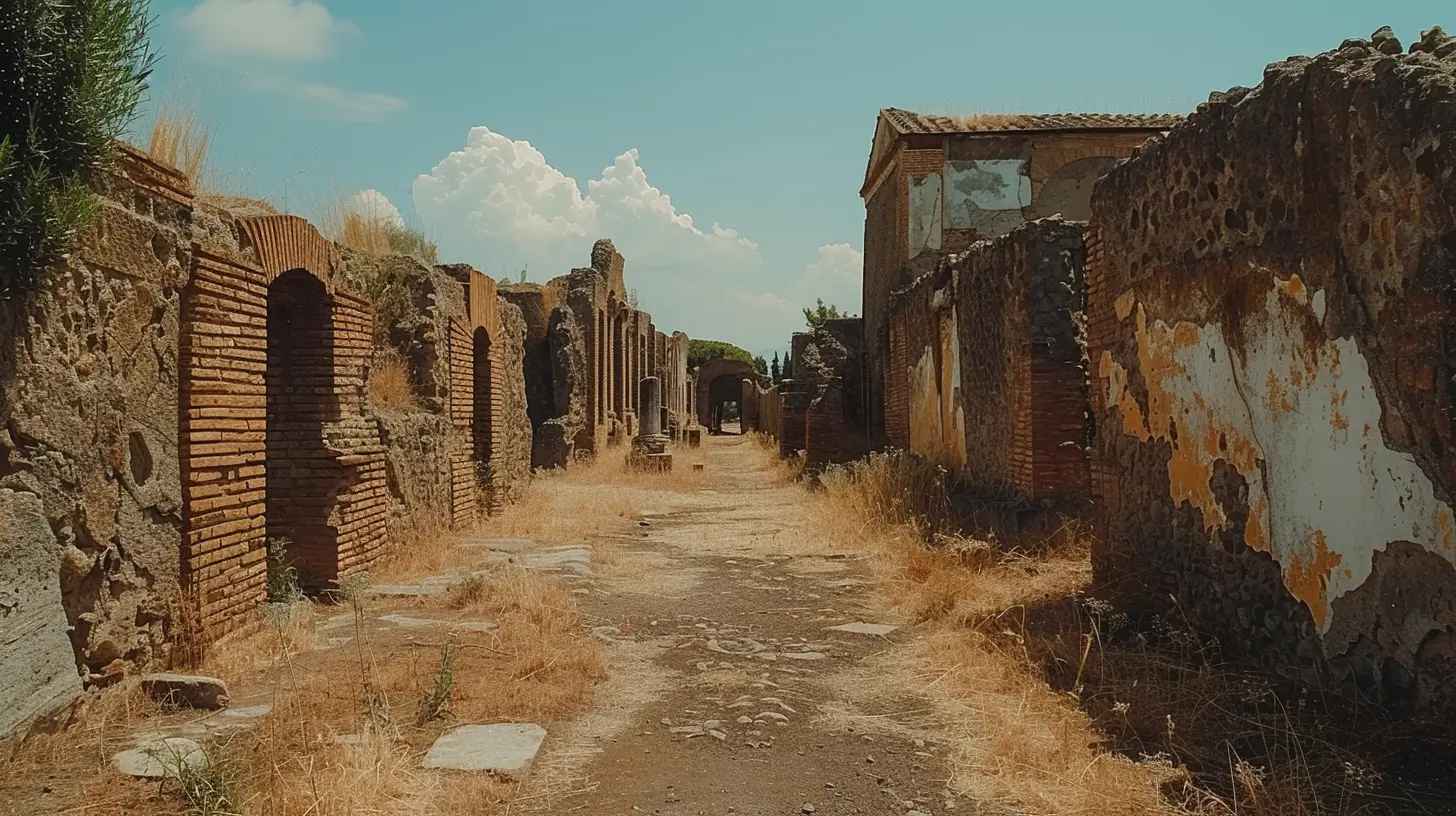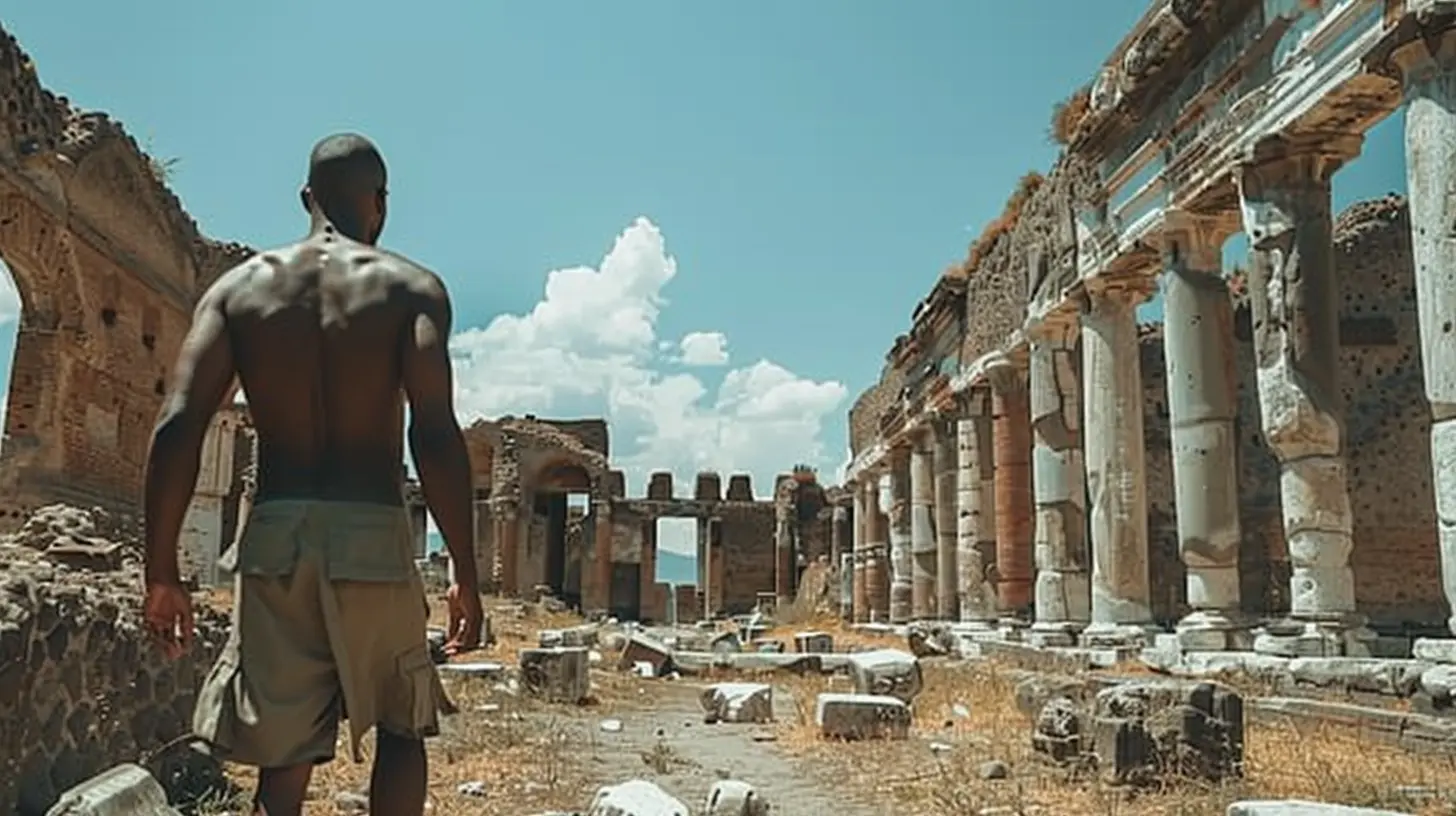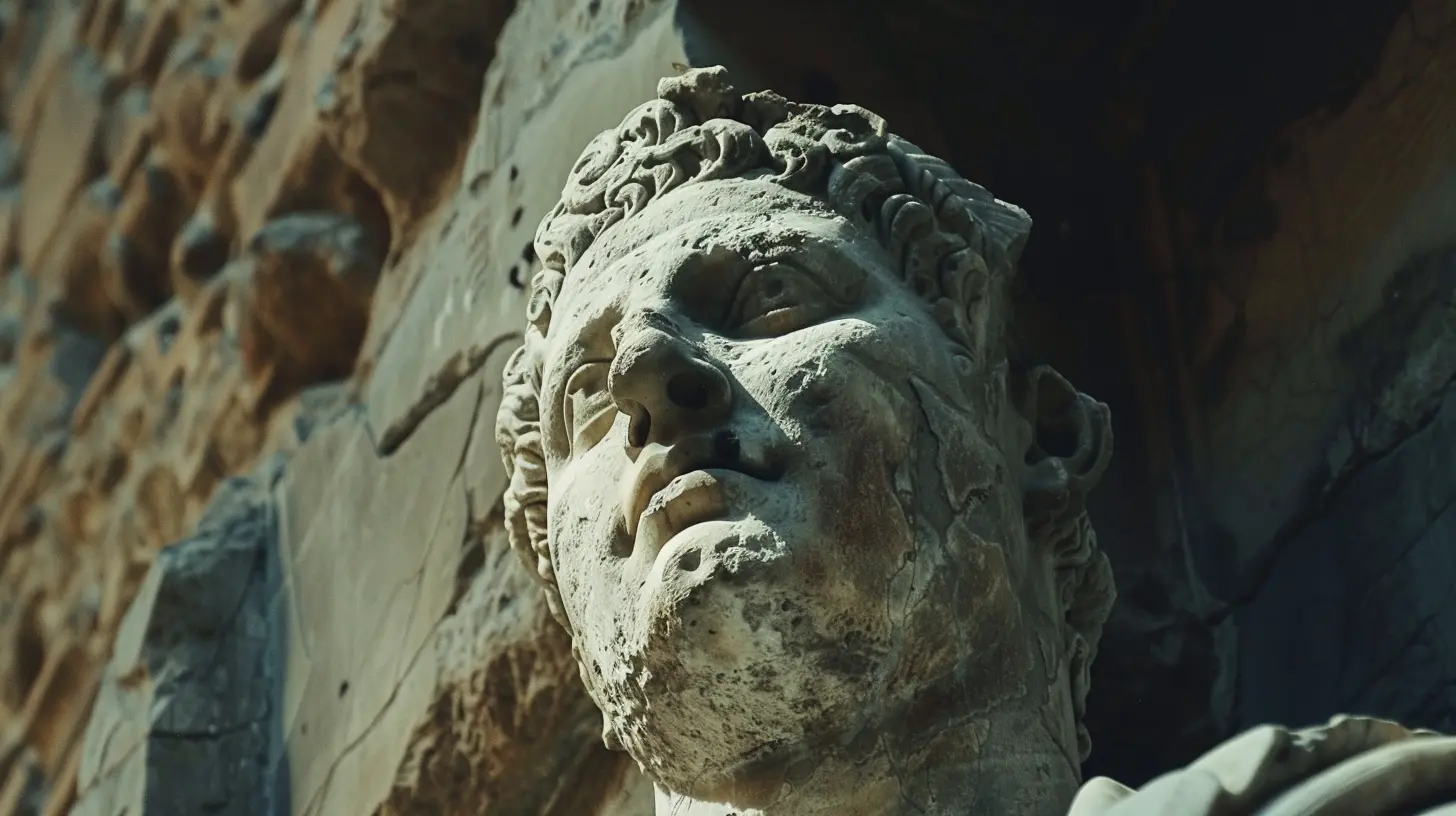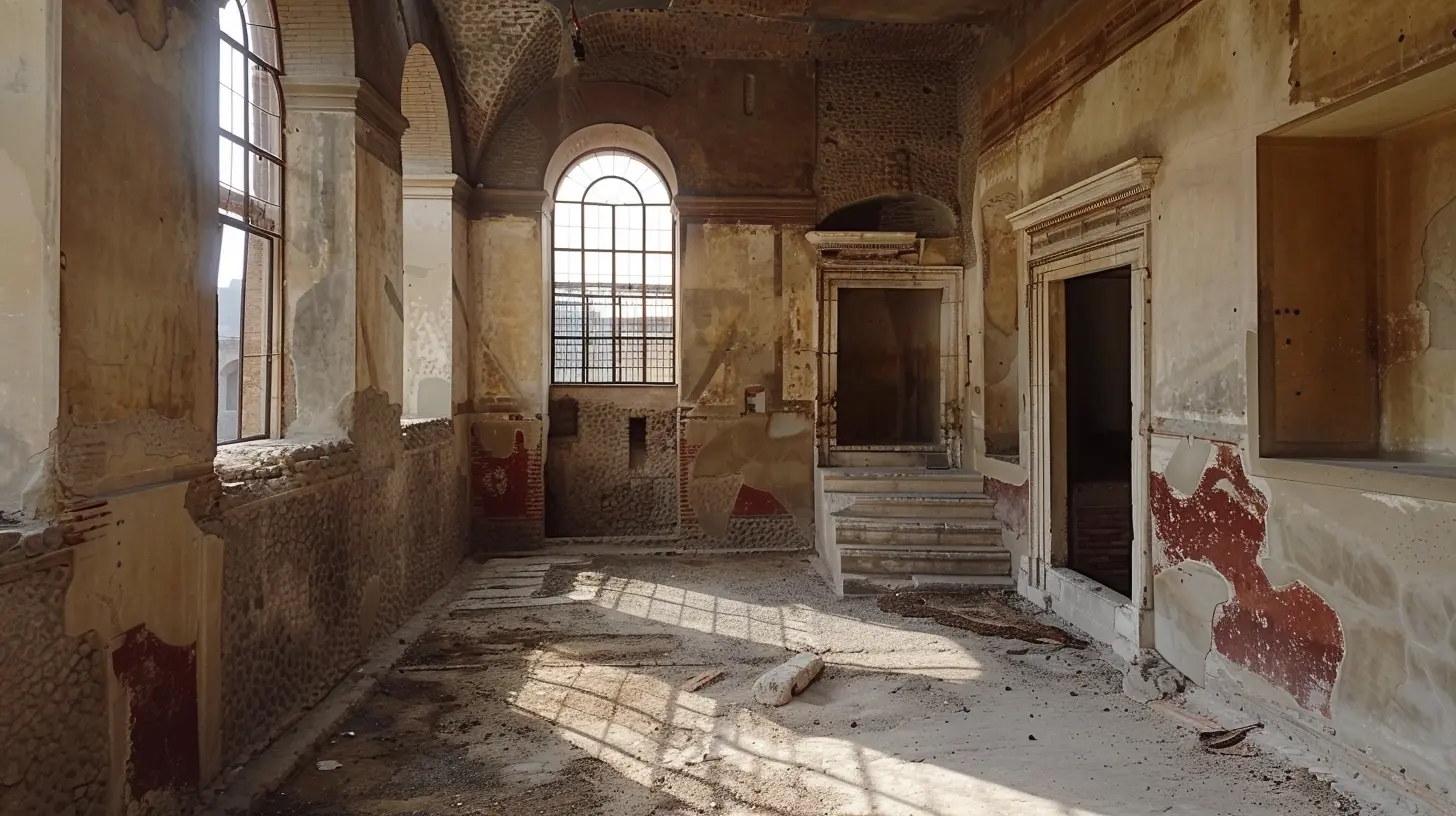Exploring the Fascinating Ruins of Pompeii
6 October 2025
Imagine walking through streets where time stopped nearly two thousand years ago. Sounds wild, right? Welcome to Pompeii — the once-bustling Roman city that froze in time after Mount Vesuvius erupted in 79 AD. If you’ve ever been curious about what life was like back in ancient times, Pompeii offers an eerily well-preserved snapshot.
This isn't your typical tourist spot. Nope. It's like stepping straight into a time machine, only here, the ghosts of the past are made of stone and ashes. So grab your comfy shoes and a curious mind — let’s dive deep into one of the world’s most haunting yet captivating archaeological wonders.

What Makes Pompeii So Special?
Okay, there are ruins all over the world — but Pompeii hits different. Why? Because of the way it was preserved. When Mount Vesuvius erupted, it buried the city under tons of ash and pumice. That ash? It acted like a giant time capsule. Unlike other ancient cities that decayed over centuries, Pompeii was "paused" in a single terrifying moment.We’re talking mosaics still clinging to floors, loaves of bread still in ovens, and even graffiti scratched into the walls. It’s the ultimate history buff’s dream — but even if you’re not into ancient Romans, there’s something hauntingly beautiful about Pompeii’s story.

A Brief History of Pompeii (Promise It’s Not Boring)
Let’s rewind a bit. Pompeii was founded around the 7th or 6th century BC and slowly grew into a thriving port city. By the time Mount Vesuvius blew its top in 79 AD, it had a population of roughly 11,000 to 15,000 people. It was a lively, sophisticated town, full of markets, temples, and bathhouses.For centuries after the eruption, Pompeii lay buried and forgotten. Fast-forward to the 18th century, and a farmer accidentally stumbled upon it while digging — kicking off one of the most significant archaeological discoveries of all time.

Walking Through Pompeii: What You’ll See
1. The Forum
Start at the Forum — it was essentially the heart of Pompeii. Think of it as Times Square, just ancient and sans neon lights. Surrounded by temples, government buildings, and markets, this open space gives you a sense of how sophisticated Roman urban planning really was. You’ll find arches, pillars, and even what’s left of a Capitolium (a temple dedicated to Jupiter).2. The Amphitheater
Built around 70 BC, Pompeii’s amphitheater is one of the oldest surviving Roman arenas in the world. This bad boy could seat around 20,000 spectators. That's big even by today’s standards. Gladiators battled here, and you can almost hear the roar of the crowd if you stand quietly enough.3. The Lupanar (The Brothel)
Yep, we're going there. Pompeii had a, shall we say, "open-minded" culture. The Lupanar is not only one of the most visited spots in the ruins, but it's also fascinating. Erotic frescoes still adorn the walls, and stone beds remain in place. It's cheeky, sure — but it also offers insight into how the Romans viewed pleasure and intimacy.4. Houses and Villas
From modest dwellings to opulent estates, walking through Pompeii’s homes is like flipping through a family photo album — except the people are long gone. Don’t miss the House of the Faun. This villa is massive, and it even boasts its own private bath complex. The mosaics here? Unreal. Especially the famous "Alexander Mosaic," which shows Alexander the Great in battle.5. The Body Casts
Let’s not sugarcoat it — this part is intense. As you walk through certain areas, you’ll encounter plaster casts of the victims of Vesuvius. These were created using molds left in the ash after the bodies decomposed. You’ll see men, women, and even children in their final moments. It’s unbelievably poignant and a harsh reminder of nature’s raw power.
Tips for Visiting Pompeii (Serious Lifesavers)
Before you throw on a toga and head for the ruins, here are some pro tips:- Get there early. The Italian sun plus ancient ruins = a recipe for dehydration. Morning visits are cooler and less crowded.
- Wear decent shoes. The ancient streets weren’t built for flip-flops. Trust me, your feet will thank you.
- Bring water and snacks. There are cafes near the entrance, but once you’re inside, it’s you, the ruins, and the heat.
- Hire a guide or audio tour. Pompeii is HUGE. Without some context, it might just feel like an endless stone maze.
- Don't rush. There's so much to see. Try and give yourself at least 4-5 hours. It's worth it.
Pompeii vs. Herculaneum: Should You Visit Both?
Great question! Herculaneum was another city buried by Vesuvius — and it’s just as fascinating. While Pompeii was hit mainly by ash, Herculaneum got a wave of volcanic mud and pyroclastic flow. The result? Even better preservation. Wooden doors, food, and fabric have all survived there. If you’ve got time, definitely squeeze it in. It's smaller, quieter, and more intimate.
What’s the Best Time to Visit Pompeii?
Honestly, avoid the peak summer months if you can (June to August). It gets sweltering, and the crowds can be brutal. The best times? Spring (April to early June) and fall (September to early November). The weather is mild, and the light makes the ruins even more photogenic.And yes, bring a camera — you’ll want a million photos, but try to experience it with your own eyes too, not just through your lens.
Pompeii's Continuing Mysteries
Despite decades of excavation, Pompeii still holds secrets. New discoveries pop up all the time — from hidden rooms to untouched frescoes. Just recently, archaeologists unearthed a ceremonial chariot and an entire row of fast-food-style shops (thermopolia — sounds fancy, huh?).There’s a sense that Pompeii is still whispering its stories, waiting to be fully heard.
Why Pompeii Will Stick With You
You don’t just visit Pompeii — it stays with you. There’s something raw and emotional about walking the same streets where people lived, laughed, prayed, loved… and died. It’s a sobering but beautiful reminder of our shared humanity.And let’s be real — in an age of digital everything, standing inside a city that’s over 2,000 years old? That hits different.
Quick Travel Guide to Pompeii
- Getting There: It’s super easy from Naples or Sorrento. Just hop on the Circumvesuviana train and get off at “Pompei Scavi – Villa dei Misteri.”- Opening Hours: Typically opens at 9 AM; closing times vary by season.
- Ticket Price: Around €16 for a standard adult ticket. Discounts for EU citizens and kids under 18 get in free.
- Nearby Attractions: Mount Vesuvius (you can actually hike it!), Herculaneum, and the stunning Amalfi Coast.
Final Thoughts: It's More Than Just Ancient Rocks
It’s easy to think of history as just dates and dusty facts. But Pompeii flips that on its head. It shows us that people 2,000 years ago weren’t so different. They had families, jobs, dreams — heck, they even left sarcastic graffiti on walls.So if you ever get the chance to visit Italy, don’t just hit Rome and Venice. Carve out a day (or two) to experience Pompeii. It'll move you in ways a history book never could.
all images in this post were generated using AI tools
Category:
Must See LandmarksAuthor:

Tracie McAdams
Discussion
rate this article
1 comments
Mary Pacheco
Visiting Pompeii is like stepping back in time. The preserved ruins offer a unique glimpse into ancient Roman life. Don't miss the Villa of the Mysteries for stunning frescoes and rich history!
October 7, 2025 at 4:48 AM

Tracie McAdams
Thank you for highlighting the Villa of the Mysteries! Its frescoes truly capture the essence of ancient Roman life and are a must-see for any visitor to Pompeii.


